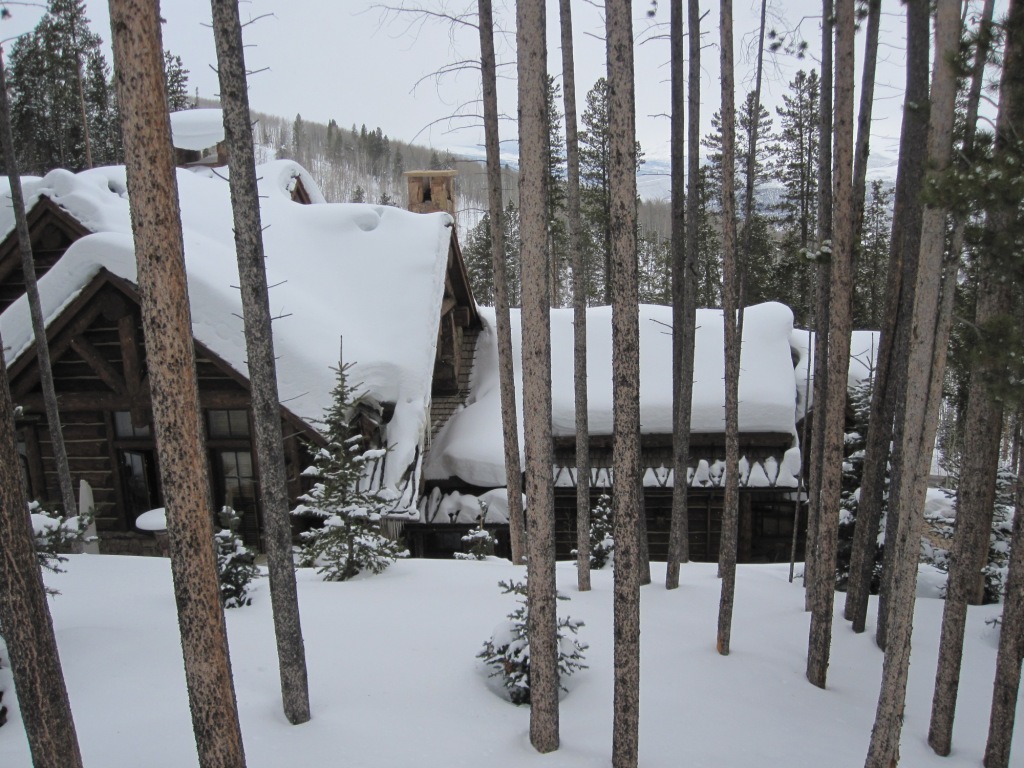Heat Recovery Ventilator: For Healthy Air in Your Home
2 Comments | Posted by armchairbuilder in Fix it!, Great Products, Quality Check
Do you know what a heat recovery ventilator is? Over the years, we have improved the way we build homes. We foam all the gaps and cracks in walls and ceilings, apply whole house wrap to prevent air infiltration, caulk base plates to floors and windows to framing…these are just a few of the quality initiatives we have implemented in new home construction over the past ten to fifteen years. So, what is a heat recovery ventilator and what role does it play in keeping your home safe?
The great thing about building a home that is sealed up tight is the resulting energy savings. By keeping the conditioned air inside, we prevent the furnace or air conditioner from coming on as often. On the flip side, we are also keeping the same air in the home longer. So, what’s wrong with that? Well, the air quality can decrease in a tight space due to…
- Breathing: We use up oxygen and give off carbon dioxide.
- Burning: Gas appliances (furnace, range, hot water heater), candles, fireplaces…all give off harmful gases when burning. Some are vented out…
- Products giving off gases: Fumes given off by products we bring into the home can be harmful. These fumes can come from solvents, paints, plastics…etc.
- High Humidity: As we cook, take showers, and breath, humidity levels in your home can increase to unhealthy levels which can create mold issues and a breeding ground for dust mites.
The Heat Recovery Ventilator
For example, let’s say it is a cold winter day. The warm outgoing air transfers heat to the passages in the heat recovery ventilator before it’s exhausted outside. So as the cold, fresh outside air makes its way through the ventilator, it is warmed from the heat from the outgoing air. The cold and warm air never actual touch each other. Check out this article to learn more about how it works.
Energy Recovery Ventilator
An energy recovery ventilator (ERV) works similarly to the heat recovery ventilator mentioned above. However, along with the heat transfer, it also transfers water vapor. In the winter, the ERV imparts moisture to the incoming air to keep the home more comfortable. A healthy humidity level cuts down on static electricity and improves comfort. You feel warmer at a given temperature with a higher humidity level…so this can save you money on heating costs. The ERV is probably preferred for more humid climates as it can also remove humidity from the incoming air…which will save energy when cooling a home. Don’t forget the old cliche…everything is good in moderation. You want to keep the humidity level below 50% to minimize dust mites.
Heat Recovery Ventilator or Energy Recovery Ventilator or nothing?
You will want to check with your heating and cooling contractor to determine what system is best for your particular circumstance. The choice will be based on your climate, home type, and your desired outcome. Where we live in Hawaii for example, we rarely use our air conditioning and keep our windows open most of the time. In this case, we have a constant supply of fresh air and do not need a ventilation system. If we were to run the air conditioning for days at a time however, it might make sense to install an energy recovery ventilator to bring in fresh outside air.
Do you run your furnace or air conditioner for weeks or months at a time without opening windows? Do you have a newer home that was built with the latest energy sealing methods? If so, you might want to look into a ventilator to improve your home’s indoor air quality. If you have already installed a heat recovery ventilator, let us know how it is working out for you. Did you go with an HRV or ERV? What were the costs of installation in your location?
2 Comments for Heat Recovery Ventilator: For Healthy Air in Your Home
Energy Saving Ideas for Your Home- Armchair Builder :: Blog :: Build, renovate, & repair your own home. Save money as an owner builder. | February 27, 2014 at 8:36 am
Insulation Types, Exploring the Costs versus the Benefits - Armchair Builder :: Blog :: Build, renovate, & repair your own home. Save money as an owner builder. | February 27, 2014 at 9:38 am
[…] other note, a tightly built home will most likely require a heat recovery ventilator that will bring fresh air into the home so be sure to include this in your design and […]



[…] Heat Recovery Ventilator […]